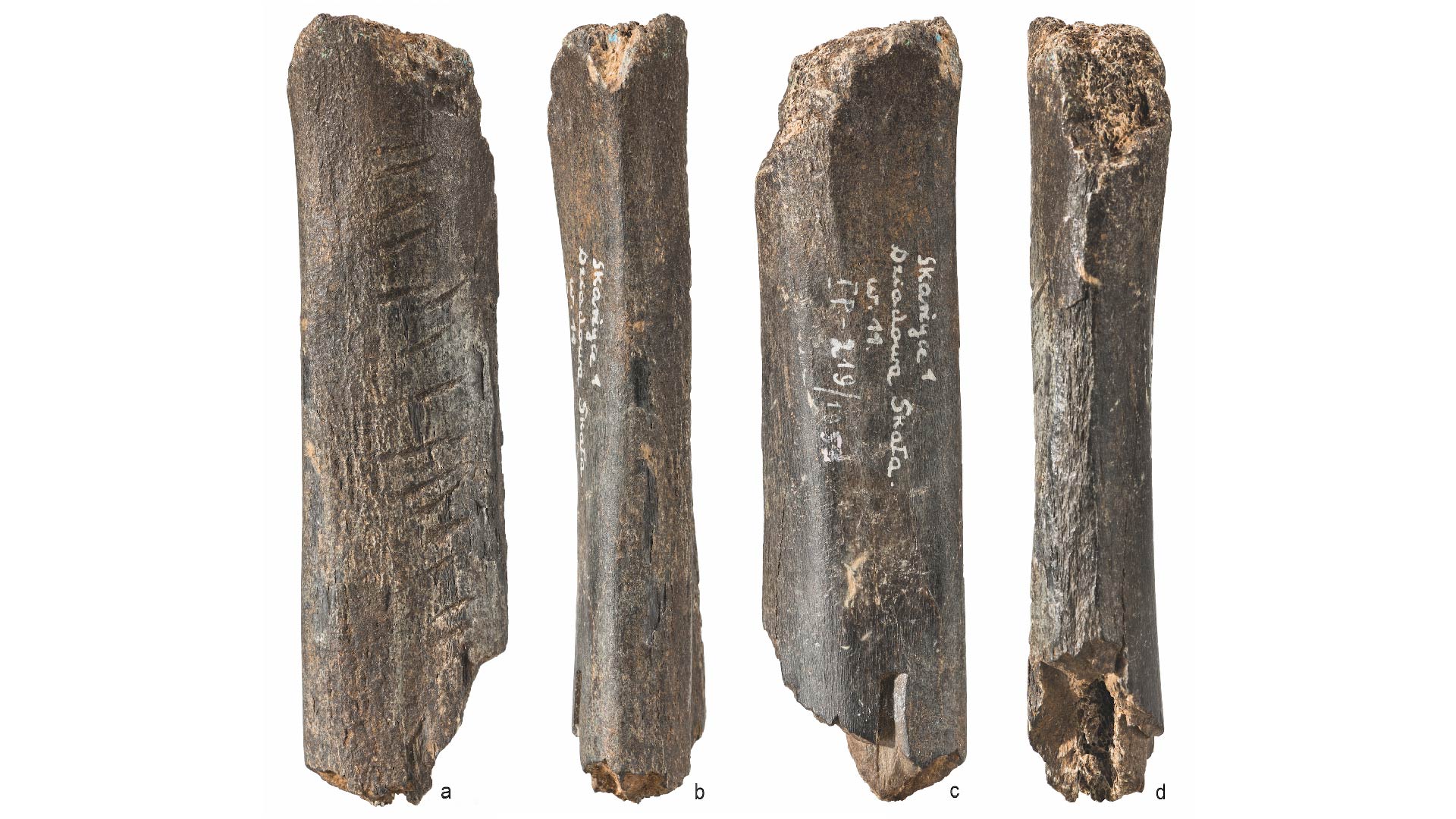IJMS, Vol. 24, Pages 11544: Gender Differences and miRNAs Expression in Cancer: Implications on Prognosis and Susceptibility
International Journal of Molecular Sciences doi: 10.3390/ijms241411544
Authors: Santino Caserta Sebastiano Gangemi Giuseppe Murdaca Alessandro Allegra
MicroRNAs are small, noncoding molecules of about twenty-two nucleotides with crucial roles in both healthy and pathological cells. Their expression depends not only on genetic factors, but also on epigenetic mechanisms like genomic imprinting and inactivation of X chromosome in females that influence in a sex-dependent manner onset, progression, and response to therapy of different diseases like cancer. There is evidence of a correlation between miRNAs, sex, and cancer both in solid tumors and in hematological malignancies; as an example, in lymphomas, with a prevalence rate higher in men than women, miR-142 is “silenced” because of its hypermethylation by DNA methyltransferase-1 and it is blocked in its normal activity of regulating the migration of the cell. This condition corresponds in clinical practice with a more aggressive tumor. In addition, cancer treatment can have advantages from the evaluation of miRNAs expression; in fact, therapy with estrogens in hepatocellular carcinoma determines an upregulation of the oncosuppressors miR-26a, miR-92, and miR-122 and, consequently, apoptosis. The aim of this review is to present an exhaustive collection of scientific data about the possible role of sex differences on the expression of miRNAs and the mechanisms through which miRNAs influence cancerogenesis, autophagy, and apoptosis of cells from diverse types of tumors.

 9 months ago
44
9 months ago
44


